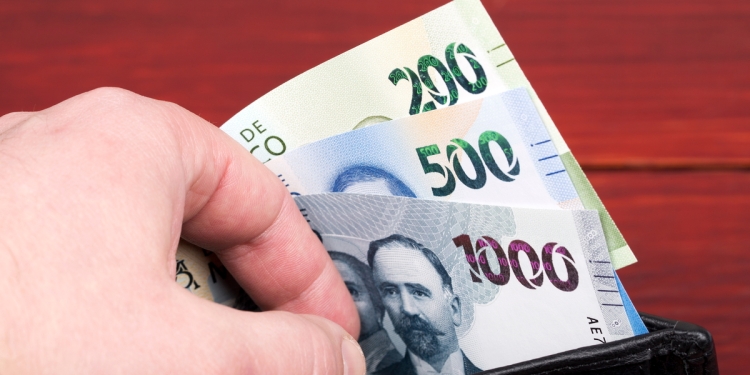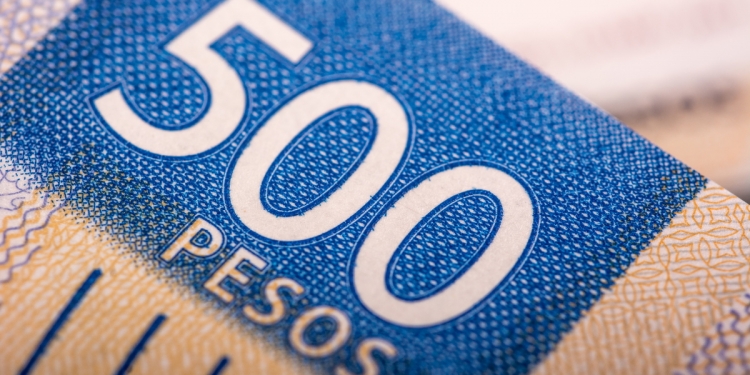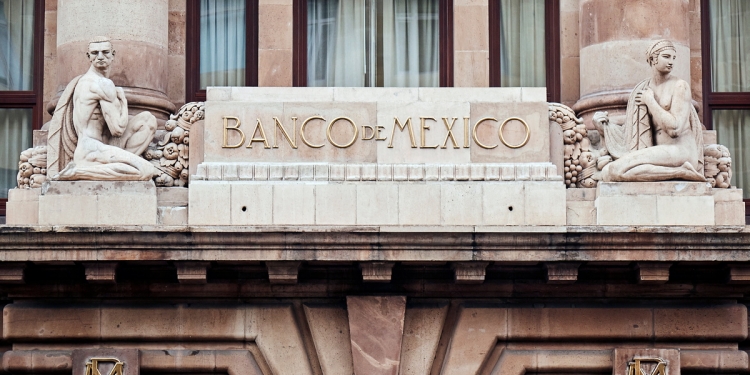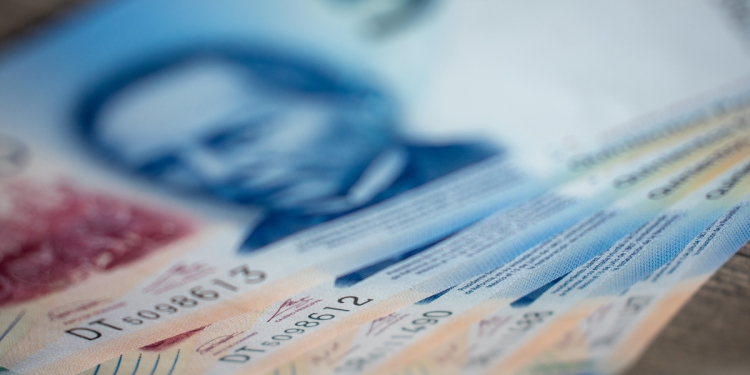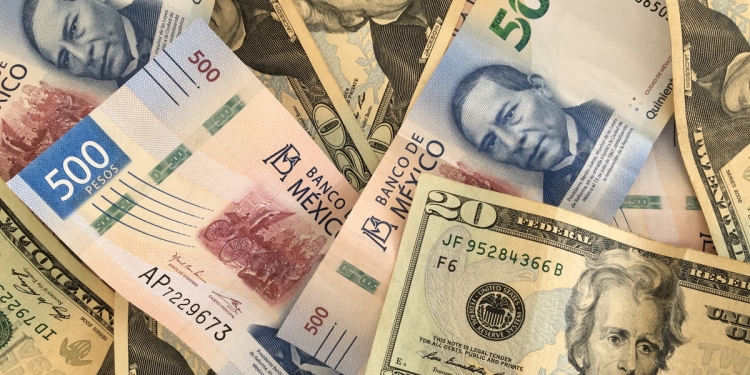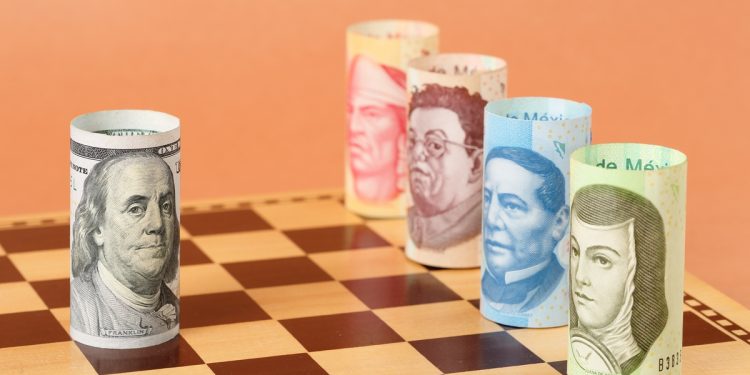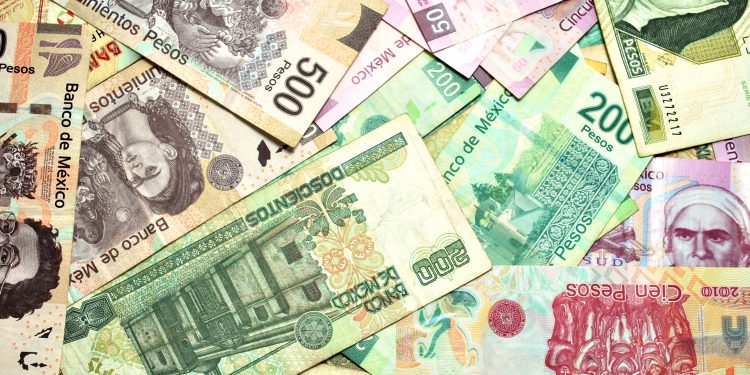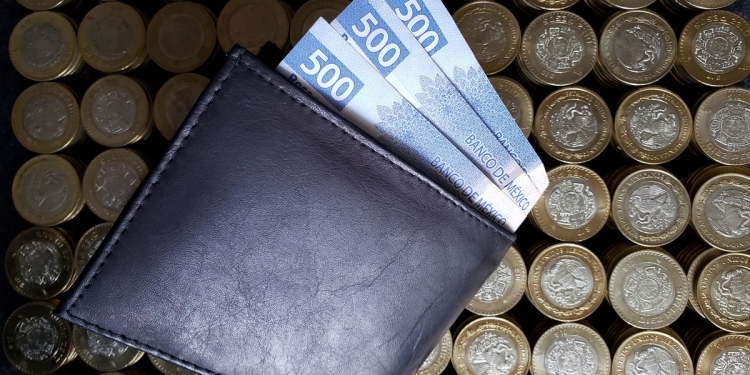The Mexican peso made big strides against the US dollar in 2023, closing the year at 16.92 compared with 19.47 a year before—thus posting a 15% gain in the 12 months through December 29. The exchange rate fluctuated between 19.54 around the beginning of the year and 16.63, a level reached in July.
The average rate for the year was 17.74 pesos to the US dollar, the strongest the currency has been since 2015.
Economic growth was much stronger than most economists had predicted at the start of the year. Gross domestic product is expected to have closed the year up by about 3.4%, compared with initial expectations of less than 1%.
The growth had a lot to do with conditions in the labor market, where unemployment reached record low levels in October and wages rose above the rate of inflation, leading to higher consumption of goods and services.
The US economy, a major source of demand for Mexican-made goods, investment and remittances, also had a better year than many experts had predicted.
Interest rates, exports, and remittances backed the peso again in 2023
Aside from yet another year of better-than-expected economic growth —economists tend to err on the side of pessimism— the peso was primarily supported in 2023 by:
- high local interest rates, which were raised to 11.25%; as well as
- record remittances from the US, which preliminary data indicate are likely to exceed US$60 billion, and
- a recovery in fixed investment, from domestic and foreign sources. (Fixed investment includes capital invested in things like plant, factories, and machinery, not just portfolio funds.)
Falling inflation also helped, ending 2023 around 4.5% after reaching its highest level in more than 20 years during the autumn of 2022.
The Bank of Mexico raised its reference interest rate from 10.5% at the end of 2022 to 11.25% in March, and then kept it at that level for the rest of the year. Higher interest rates help the peso as they are one of the factors which encourage investors to buy the currency.
Mexico’s tourism sector continued its recovery
Tourism continued to grow, even though the stronger peso makes Mexico relatively more expensive for foreign visitors. In January-October, the number of foreign visitors rose by 15% to 60.8 million, including people crossing into Mexico by land at the US border. The number of tourists with at least one overnight stay rose 11% to 34.1 million, and the number of tourists who arrived in Mexico using air transport increased 6.2% to 17.7 million.
What to expect for the Mexican peso in 2024?
Mexico’s peso is a free-floating currency on the world’s foreign exchange markets. It’s one of the world’s most-traded currencies and is the most-traded of Latin America’s currencies.
Most analysts predict a slight depreciation of Mexico’s currency this year. That forecast is in part premised on an expectation that the Bank of Mexico will start gradually lowering interest rates as inflation gets closer to its 3% target—which could reduce the volume of speculative peso trades in currency markets.
The government is also planning a much larger budget deficit this year, which could have a negative effect on public debt. At the same time, the additional public spending is expected to contribute to economic growth.
Foreign investment is expected to remain buoyant, driven by a current trend of companies moving production to Mexico to be closer to their end consumers in the US.
In the central bank’s December 2023 survey, the median estimate for the exchange rate at the end of 2024 is 18.53 pesos to the dollar, with estimates ranging from 17.40 to 19.30 pesos per dollar.
The same survey estimates that economic growth in Mexico will be 2.3% this year, and inflation is forecast to end the year at 4.4%.
Currency and other key economic forecasts reflect what could be expected given estimates for inflation, economic growth, interest rates, and other economic variables —both in Mexico and the US— but they don’t consider extraordinary events as these are unknowns.
Exchange-rate predictions are subject to many variables and uncertainties, with consensus estimates shifting as events unfold and the exchange rate fluctuates in response to those events throughout the year.
Other things that influence the peso’s value
Key things that determine the peso’s exchange rate in the market include:
- investors who buy pesos to purchase Mexican stocks, bonds or to make other capital or financial investments;
- investors who sell pesos to buy dollars and transfer money into foreign investments, or to cover other financial obligations abroad;
- companies that use their earned pesos to buy dollars or other currencies to pay for imports or to cover foreign obligations;
- companies that sell their foreign currency to buy pesos to pay for exports or cover financial obligations in Mexico;
- banks and financial institutions that receive foreign currency remittances from abroad and pay those funds out in pesos—this will include foreign pension income and savings transferred here by retirees living in Mexico;
- and of course, foreign income derived from international travelers which tends to favor Mexico with a surplus given its popular tourism cities and resorts.
Aside from the US dollar, the Bank of Mexico publishes indicative daily rates for the peso against a number of other currencies, including the Canadian dollar, the euro, and the yen.
Learn more about money and currency in Mexico
Read our latest articles and guides related to money and finances.

